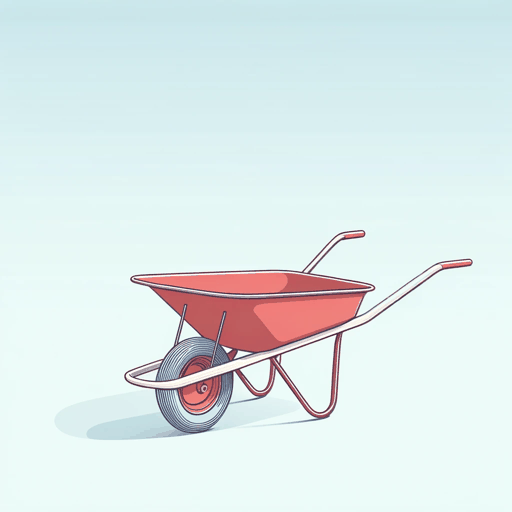16 pages • 32 minutes read
William Carlos WilliamsThe Red Wheelbarrow
Fiction | Poem | Adult | Published in 1923A modern alternative to SparkNotes and CliffsNotes, SuperSummary offers high-quality Study Guides with detailed chapter summaries and analysis of major themes, characters, and more.
Poem Analysis
Analysis: “Poem XXII (The Red Wheelbarrow)”
Because the poem is so simple, it appears to demand creative interactions in the understandable urge to find its meaning, what readers have been doing with (and to) poetry since Antiquity. Williams’ poem has generated two schools of thought that each seek to burden exactly what the spare poem itself resists: the heavy weight of meaning.
The first approach finds the poem addressing the complex community of a contemporary farm. This approach accepts that the poem takes place on a farm, most likely a poultry farm, and that, in turn, the person noting the red wheelbarrow and the chickens must be a farmer. Because there are no quotation marks and no listener defined, the farmer is speculating on how much of the operations of the farm depend on that wheelbarrow there left out in the rain: forgotten, neglected, and apparently near the poultry shed. Thus, the poem celebrates the agrarian life all but disappearing in Williams’ 20th-century world and the pivotal role played by even the most easily ignored implements. More impressive farm implements—a tractor, for instance—pale compared to the function of the wheelbarrow, sturdy and reliable, always there for transporting critical loads about the farmyard. The chickens introduce an element of the natural world, symbolizing all the livestock critical to the community of the farm.
Related Titles
By William Carlos Williams

Approach of Winter
William Carlos Williams

Between Walls
William Carlos Williams

In the American Grain
William Carlos Williams
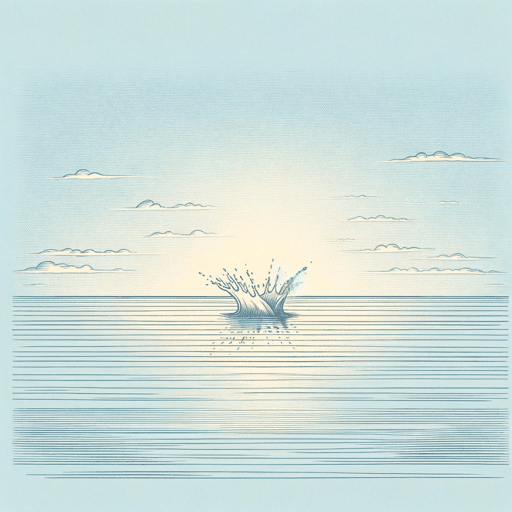
Landscape with the Fall of Icarus
William Carlos Williams
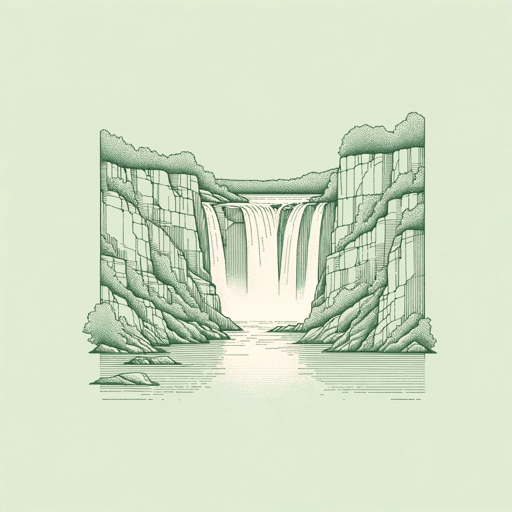
Paterson
William Carlos Williams
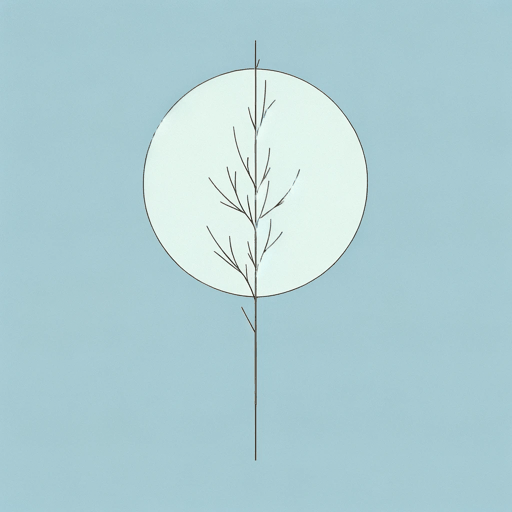
Spring and All
William Carlos Williams
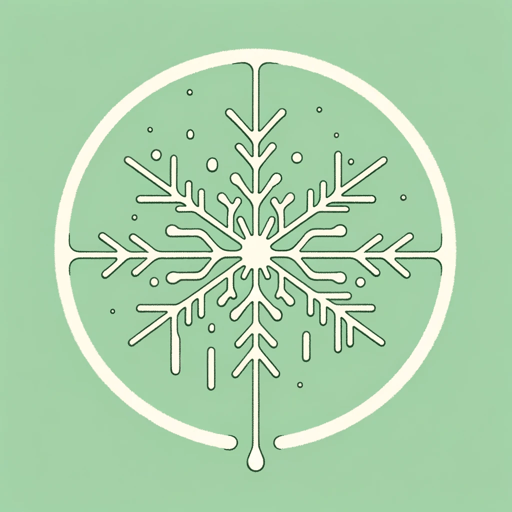
Spring Storm
William Carlos Williams

The Young Housewife
William Carlos Williams
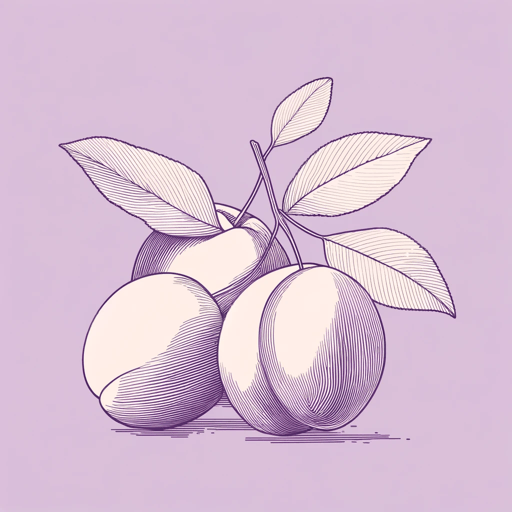
This Is Just to Say
William Carlos Williams
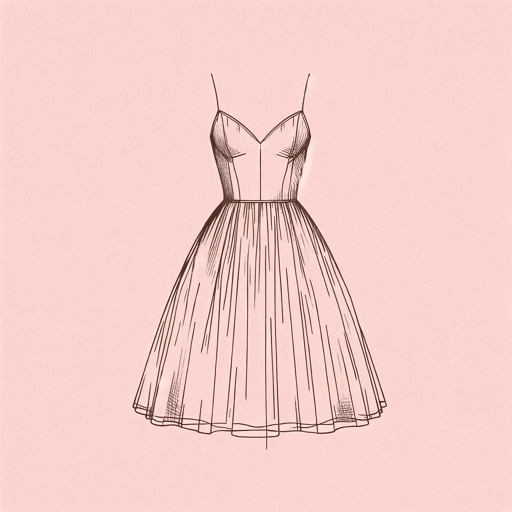
To Elsie
William Carlos Williams
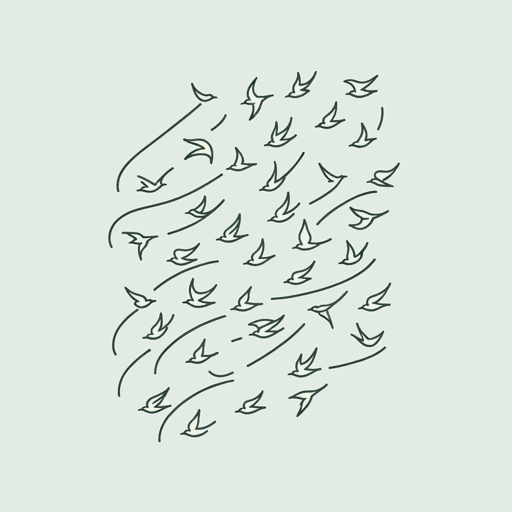
To Waken An Old Lady
William Carlos Williams
